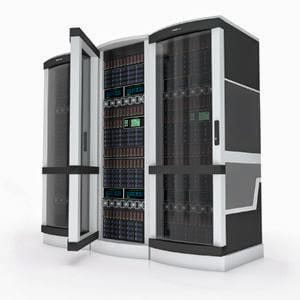HOW TO RECOVER RAID – THINGS TO CONSIDER BEFORE RECOVERING RAID
HOW TO RECOVER RAID
RAID (redundant array of independent disks; originally redundant array of inexpensive disks) provides a way of storing the same data in different places (thus, redundantly) on multiple hard disks (though not all RAID levels provide redundancy).
By placing data on multiple disks, input/output (I/O) operations can overlap in a balanced way, improving performance. Since multiple disks increase the mean time between failures (MTBF), storing data redundantly also increases fault tolerance.
However this doesn’t mean that the RAID disks are fully fault tolerant, meaning that there is a possibility of the drives crashing. You may need to perform some data recovery incase this happens for you to get back your data
Before you can start any recovery on RAID, first consider the following factors:
- If one of the member disks of RAID 5, RAID 6, RAID 5E or RAID 0+1 is physically damaged (produces unusual sounds, e.g. clicking or repeated spin-up and spin-down sounds), don’t use this disk for recovery.
- If you cannot avoid using a physically damaged disk, say, for RAID 0 recovery, try to create the disk image file
- If you have a hardware RAID, you should
- Clearly label the member disks, the cables, and the controller ports, so that the original setup can be reassembled if need be.
- Disconnect the array member disks from the RAID controller and then attach them as separate/standalone disks to a non-RAID controller. You need to access the disks separately to be able to reconstruct RAID parameters.
- If you plan to recover data once the RAID parameters are restored, prepare a free disk space equal to the amount of data which you are going to recover.
Once these factors are put into consideration, you can now begin recovery.
If this doesn’t work for your case or you aren’t willing to take the risk recovering on your own, you can always contact the Data Recovery Experts for professional RAID data recovery.


